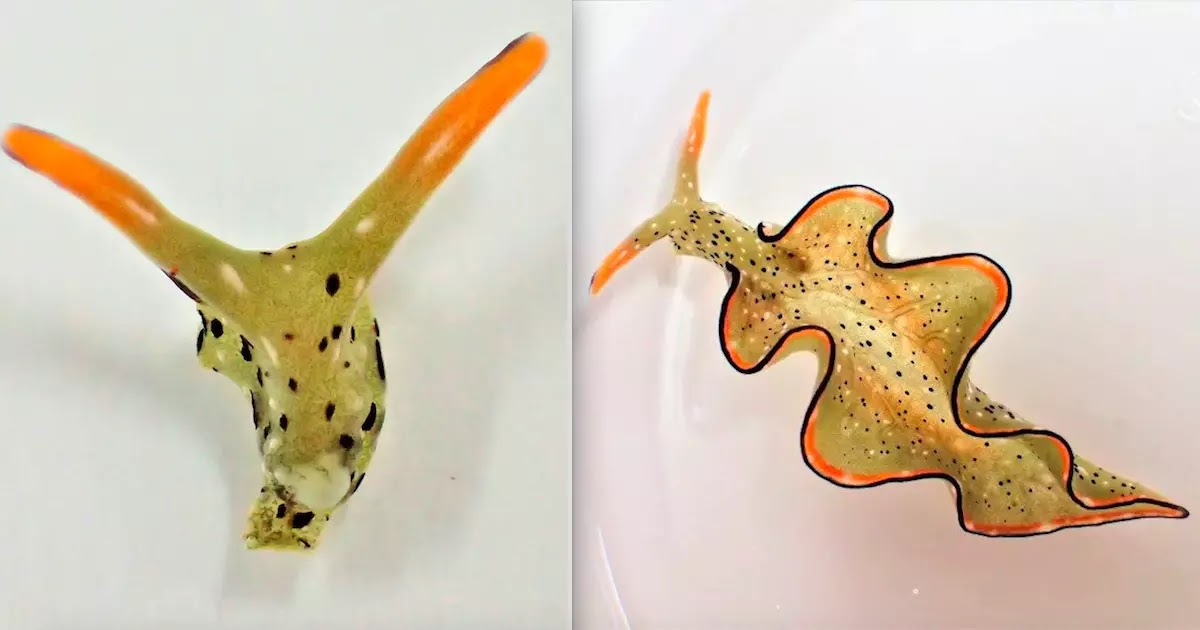
It has been discovered that a sea-slug known as Elysia cf. marginata can regenerate their entire bodies after intentionally removing their own heads.
The discovery was made at Nara Women's University in Japan by a Ph. D. student who was working with the slugs.
Scientist Sayaka Mitoh, who raises sea-slugs to examine and research their behaviours, noticed that one of the sea-slugs had detached its head from its body. Curiously, the head still seemed to be alive. Yusa left the sea-slug and noticed that within a day or so the wound had healed and that a small heart had begun to reform. As the days passed the entire body of the sea-slug regenerated as if it was brand-new.
It is believed to be one of the few animal species in the world capable of such a feat. Other animals such as arthropods, gastropods, asteroids, amphibians and lizards are known to be able to regenerate, but in most cases it is just a tail or a limb, not a full body regeneration.
Sacoglossan sea slugs don't mind losing their heads. Not only can the sea slugs elect to detach their heads and survive, but they can regrow a whole new body. Read more in @CurrentBiology https://t.co/7ueo5HL0Vn@NaraWomensUniv
— Cell Press (@CellPressNews) March 8, 2021
Video: Sayaka Mitoh pic.twitter.com/oL5bh9psQ7
Since the discovery was made it has been shown that another sea-slug, known as Elysia atroviridis, can also perform the same amazing feat.
It was noted through further observations that only some of the slug managed to regenerate. Only 5 out of the 15 Elysia cf. marginata slugs who were decapitated managed to regenerate, the other 10 died. Similarly, with the Elysia atroviridis slugs, only 2 out of 3 observed decapitations resulted in regeneration. Only one slug performed the act twice.
The researchers are still unclear as to exactly why the slugs intentionally decapitate themselves and regenerate their bodies, particularly if it frequently results in their deaths. It is guessed that some may do it to rid themselves of parasites or to escape from predators.
How the slugs perform the task biologically is also as of yet unknown. It is suggested that the slugs could in fact have stems cells in their necks that allow them to regrow body parts. Stem-cells are what allows baby animals and humans to grow in the womb.
Further research will now be carried out by a team of scientists to uncover the mystery behind these slugs. The findings could even go on to assist in human medicine.
Mitoh told CNN:
"We want to study whether other species of sacoglossans have this ability to study the evolutionary pattern and process of such extreme autotomy and regeneration."
[h/t: EcoWatch]













COMMENTS